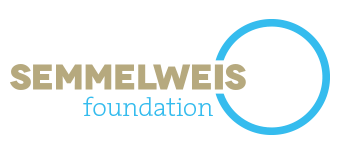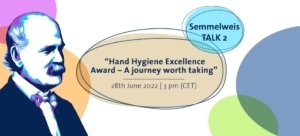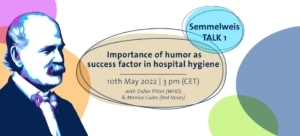The Transatlantic Taskforce on Antimicrobial Resistance (TATFAR) seeks for better collaboration and inforamtion exchange between U.S. and the EU. What are the challenges and aims of TATFAR? We asked TATFAR EU co-chair John Ryan.
2009 TATFAR identified and adopted 17 recommendations for future collaborations between the U.S. and the EU. The collaboration and information exchange significantly increased since 2009?
Since its inception in 2009, TATFAR has proven to be an effective multi-government collaboration resulting in new and enhanced relationships that have facilitated important work such as preventing drug-resistant infections, addressing appropriate antibiotic use in humans and animals, and improving the drug development process. Based on this success, and the high priority being given to addressing AMR both in the EU and in the US, it was decided to strengthen the work of the taskforce through to 2020 with new partners, Canada and Norway. For this next phase, 2016-2020, the taskforce has developed 20 actions for collaboration. Some of these actions are continuations of the valuable work performed under the previous recommendations and now include the expanded membership. TATFAR has also revised and expanded work to address the evolving landscape of AMR and to ensure that its work complements other global actions on AMR, such as the Global Health Security Agenda and WHO Global Action Plan on Antimicrobial Resistance.
The fact that the collaboration was extended for an additional five years (2016-2020), is an indication that AMR continues to escalate. Where must be intensified the collaboration in the future?
Global efforts to address AMR continue to grow in number and scope and TATFAR looks to contribute its technical expertise and serve as a model for other multilateral initiatives to address AMR. The taskforce remains committed to providing opportunities for shared learning; and promoting information exchange, coordination and cooperation between the EU, U.S., Canada and Norway, as well as contributing to the global dialogue on AMR. Under Action 2.3, TATFAR members are working with WHO to develop a rapid alert system for the worldwide communication of critical AMR events. A working group is also encouraging efforts to harmonize, to the extent possible, interpretive criteria for susceptibility reporting of bacterial isolates for contribution of data to the WHO Global Antimicrobial Resistance Surveillance System (GLASS).
What are the next steps for TATFAR?
The Taskforce is moving forward with its 20 actions for the 2016-2020 phase of implementation. Continuing work from the last implementation period, the Recommendation 18 working group is finishing up its report on key knowledge gaps in understanding the impact of antimicrobial use in animals on the risk to man from antimicrobial resistance. This will be published to the TATFAR website once completed. From this report, the working group identified new opportunities for collaboration, including working to improve understanding of the impact of restricting certain uses of antimicrobial drugs in food producing animals on public and animal health, and cooperating in the areas of research and surveillance to improve understanding of foodborne transmission of bacteria resistant to certain classes of antimicrobials.
TATFAR is also expanding collaboration on economic incentives for antibacterial drug development and working on a comprehensive review of various models that have been proposed. The group will also perform a feasibility assessment of options for pull incentives and development of a potential joint incentive mechanism. TATFAR members will continue to communicate regularly to address challenging problems in the management of AMR. Regulatory agencies continue to discuss common issues in the area of antibacterial drug development and regulation, including ways to refine clinical trial design in order to facilitate the development of antibacterial drugs and maintain a single development program. Public health agencies contribute to global antibiotic stewardship campaigns and continue to share information on approaches to promoting appropriate use in both human and veterinary communities. Research agencies work to enhance communication of research, product development and funding opportunities. Regular updates to TATFAR work will be posted to the website throughout this next implementation period.




